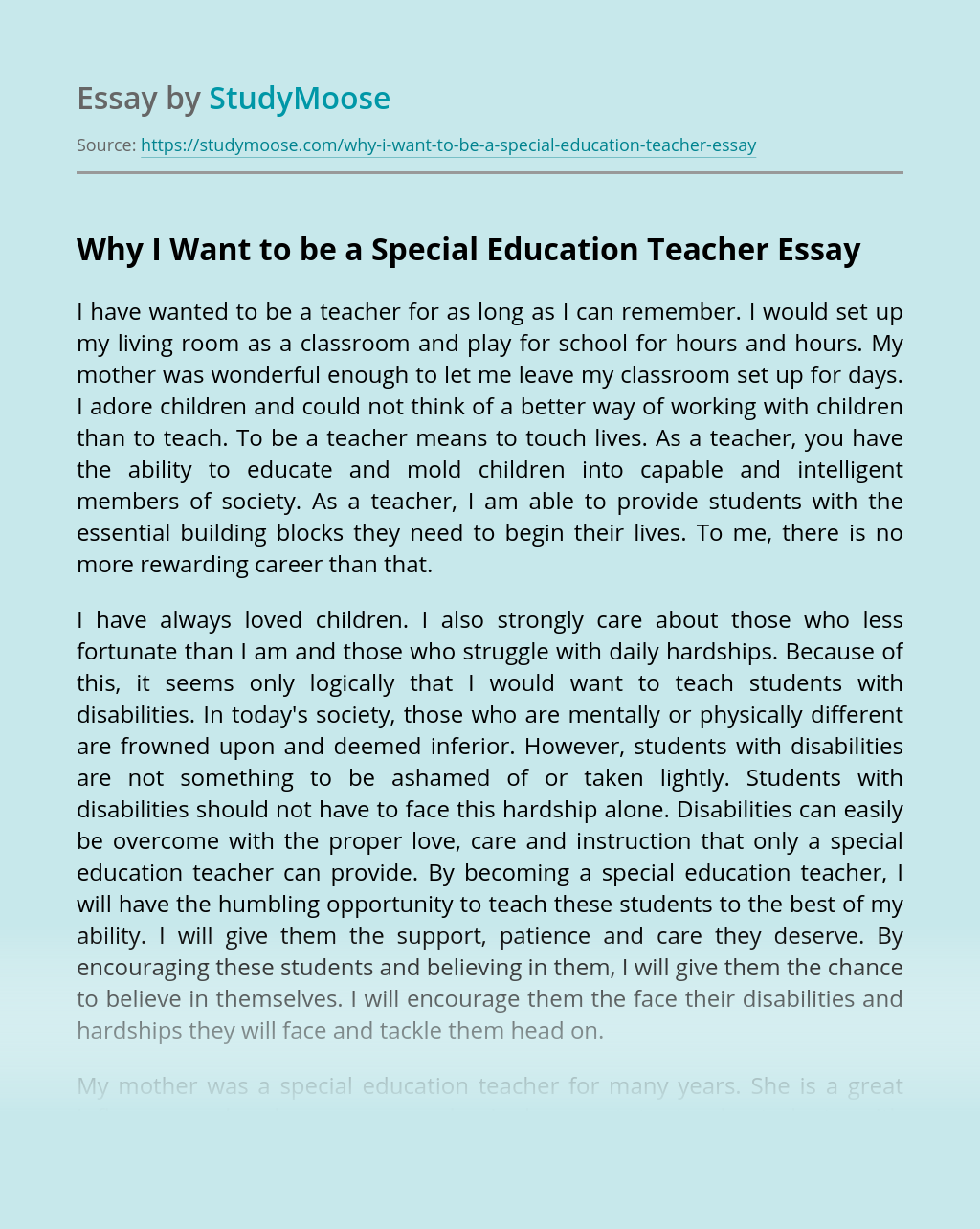
A grant is money you are granted that you don’t have to repay, which is unlike a loan. You can receive grants from the federal government, state and local governments, or even from your school. Because grants are often based on need, students with lower incomes tend to receive more grants. And unlike loans, a grant never has to be repaid, which is why it is a great option for many students.
Grants are free money for college
A college grant is free money for college that is given to students with financial need. Grants can also help pay for books, housing, and other expenses associated with attending college. College grants are similar as scholarships, but they don't need to be reimbursed unless the circumstances require it. There are several types of college grant, including private and federal.
Every year, billions are given out by the federal government and private grant programs to help students. These funds are not repaid and are open to all students. Some grants, like the Pell Grant are limited based on income. However, most are not.
Loans are borrowed money
A loan is money borrowed by someone and then paid back to the lender. There are three basic parts to a loan: the principal, interest rate, and term. The principal refers to the original amount borrowed. The interest rate represents the increase in the amount owed and the term refers to the length of the loan repayment. A monthly payment for the loan is also required. This is calculated using an amortization chart.

Financial loans are big business. Their purpose is to help lenders make more money. For many, loans are a source for large amounts of financial debt. If you are able to understand the intricacies of loans you can save lots of money and avoid large amounts of debt.
They are awarded on the basis of need
There are many types of grants available for college students. The amounts granted vary depending on the factors. These factors include the income of students, parental income, family size, and financial need. The amount of the grant can vary depending on which type is awarded. It could range from a few thousand to the entire cost of college. Students need to know that they are not guaranteed to receive need-based grants. It is therefore important to apply early.
The federal government, the states and individual colleges can offer need-based grants. Students are eligible for these grants based on their financial need and other funding options. Most grants are need-based like the Federal Pell Grant. However, there are also grant that are non-need-based such the Zell Miller Grant and Georgia’s HOPE Grant.
They don’t have to be repaid when you stop paying.
You may be wondering if student loans that you have already received from the federal or state governments will need to be repaid if you lose your job. If you drop out before you reach 60 percent of your degree program, you'll owe back your loans. If you wait until you reach that percentage, however, you won't have to pay back any grants you received.
Some grant programs may require students to complete work requirements once they graduate. To avoid missing out on any payments, you should carefully review the requirements of each grant. You may be required to fulfill a work obligation in order to receive a grant. You can always reach out to the organization from which your grant was received if you have any questions.

They don’t require collateral
It is important to know what each grant and loan offer and how they differ when comparing them. For loans to be valid, collateral is required. Grants are not. Collateral loans require you to pledge an asset as security. These loans are frequently used to expand or start a company. However, it is more difficult to get business grants and requires a detailed plan to repay the loan.
Even though there's a chance you might lose your collateral, it can still be worth it if you have a solid financial foundation and are able to borrow more money. Additionally, a loan with collateral can offer lower interest rates, which can save you money in the long run.
FAQ
What are some ways you can get scholarships?
To help pay college expenses, scholarships are grants. There are many types available in scholarships. These scholarships include:
-
Federal Grants
-
State Grants
-
Student Loans
-
Programs for Work Study
-
Financial Aid
Federal grants are direct from the U.S. government. Federal grants are subject to certain conditions. Financial need is one example.
Individual states offer state grants. These funds are offered by individual states based on financial need. Others offer money for specific purposes.
Banks and lending institutions offer student loans. Students typically borrow money to cover costs such as tuition and living expenses.
Employers can use work-study programmes to attract qualified students. Employers must pay workers at least minimum wage.
Financial aid can help families with low incomes afford college by covering all or part of tuition costs.
What's the difference between a university and a college?
A university provides higher education. It offers various undergraduate and postgraduate degrees in different fields.
A college is generally smaller and less respected than a university. While it may offer fewer programs, many colleges have their own specialist departments.
What is early child education?
Early Childhood Education is a field devoted to helping children develop into healthy, happy adults. It can teach them everything, from reading to getting them ready for kindergarten.
The goal of early childhood education is to help kids learn and grow by providing them with age-appropriate experiences.
Early childhood educators often have to assess each child's developmental needs. This assessment helps determine whether a particular program would benefit each individual child.
Parents can also interact with teachers and other professionals with experience with young children through early childhood programs.
The role of parents is equally important in the early childhood education. They need to be able to provide guidance and support for their children, and they must also know how to care for them properly.
Parents can also participate in activities designed to teach their children skills they will need throughout their lives.
Early childhood education is sometimes referred to as preschool education, although this term is used interchangeably with daycare centers. Prekindergarten education usually starts around three years of age. Early childhood education is very similar.
Statistics
- Think of the rhetorical power of nineteenth-century abolitionist Harriet Beecher Stowe, Martin Luther King, Jr., or Occupy Wall Street activists with their rallying cry of “we are the 99 percent.” (bostonreview.net)
- Data from the Department of Education reveal that, among 2008 college graduates, 92.8 percent of humanities majors have voted at least once since finishing school. (bostonreview.net)
- And, within ten years of graduation, 44.1 percent of 1993 humanities graduates had written to public officials, compared to 30.1 percent of STEM majors. (bostonreview.net)
- In most developed countries, a high proportion of the population (up to 50%) now enters higher education at some time in their lives. (en.wikipedia.org)
- They are more likely to graduate high school (25%) and finish college (116%). (habitatbroward.org)
External Links
How To
What is vocational training?
Vocational education prepares students for the workforce after high school. Students are trained in specific skills to be able to do a particular job such as welding. It also includes on-the-job training in apprenticeship programs. Vocational Education is different than general education. It focuses on specific careers and not learning broad knowledge for the future. Vocational training is not designed to prepare individuals for university but rather to assist them in finding jobs upon graduation.
Vocational education can be offered at any level of schooling: primary, secondary, college, university, technical institutes and trade schools. In addition, there are many specialized schools such as culinary arts schools, nursing schools, law schools, medical schools, dental schools, veterinary medicine schools, firefighting schools, police academies, military academies, and other military schools. These schools offer both practical and academic training.
Over recent decades, there have been significant investments made in vocational education by many countries, including Australia, Denmark (Finland), Germany, Ireland and Japan. The effectiveness of vocational training is still a controversial topic. Some critics believe it doesn't help students get hired, while others claim that it helps prepare them for life after high school.
According to the U.S. Bureau of Labor Statistics (47% of American adults are currently holding a postsecondary certificate/degree related to their current job), this figure is higher among those with more education. This number is higher for those with higher education. 71% of 25-29-year-olds have a bachelor's or higher degree and are employed in areas that require postsecondary credentials.
The BLS reported in 2012 that almost half of all adults had some type of postsecondary credential. About a third of Americans were able to obtain a twoyear associate degree. Another 10% had a fouryear bachelor's. One in five Americans has a master's or doctorate.
The median annual wage for individuals with a bachelor's in 2013 was $50,000. This was compared to $23,800 when they had no degree. For those with advanced degrees, the median wage was $81,300.
For those who did not complete high school, the median wage was only $15,200. The median annual income for those with less than a high-school diploma was $13,000